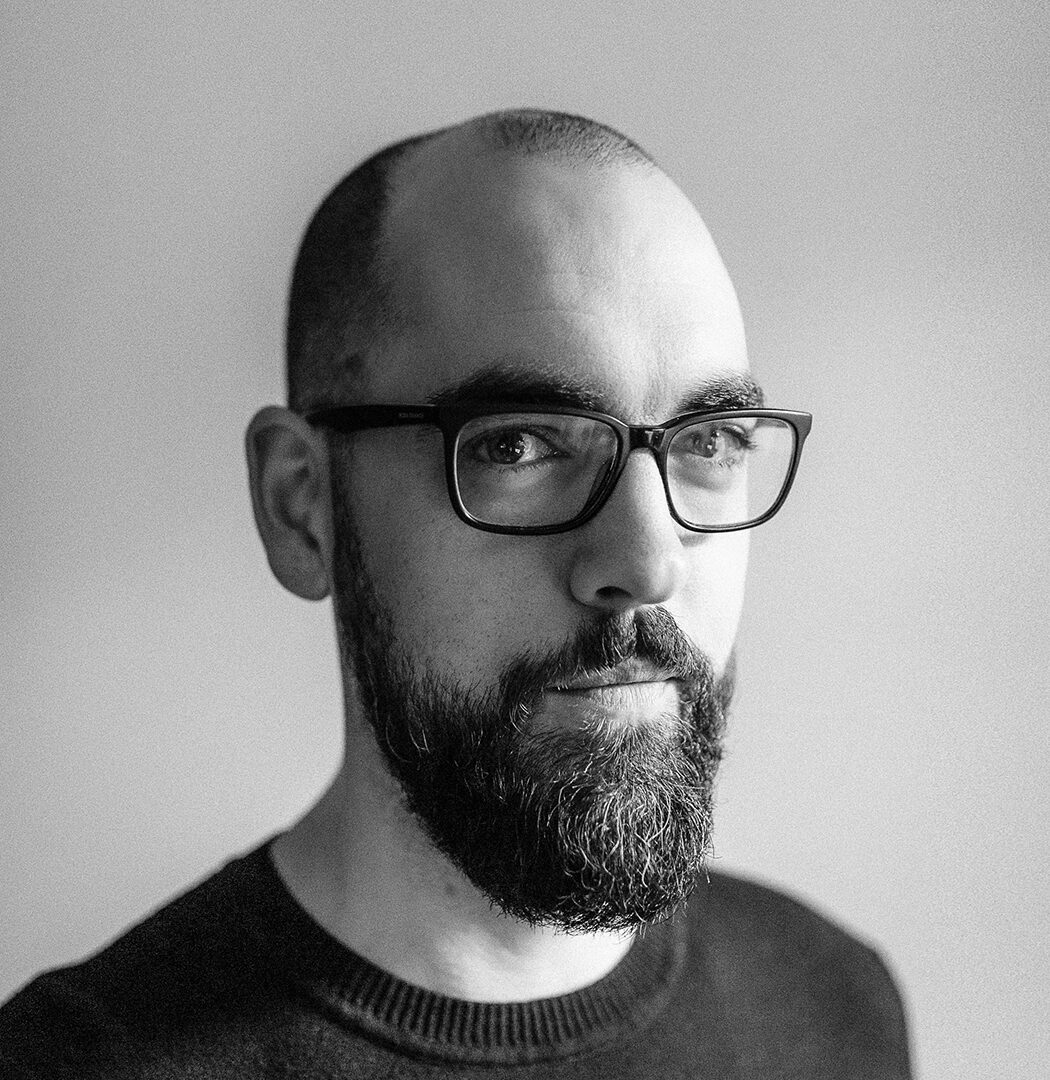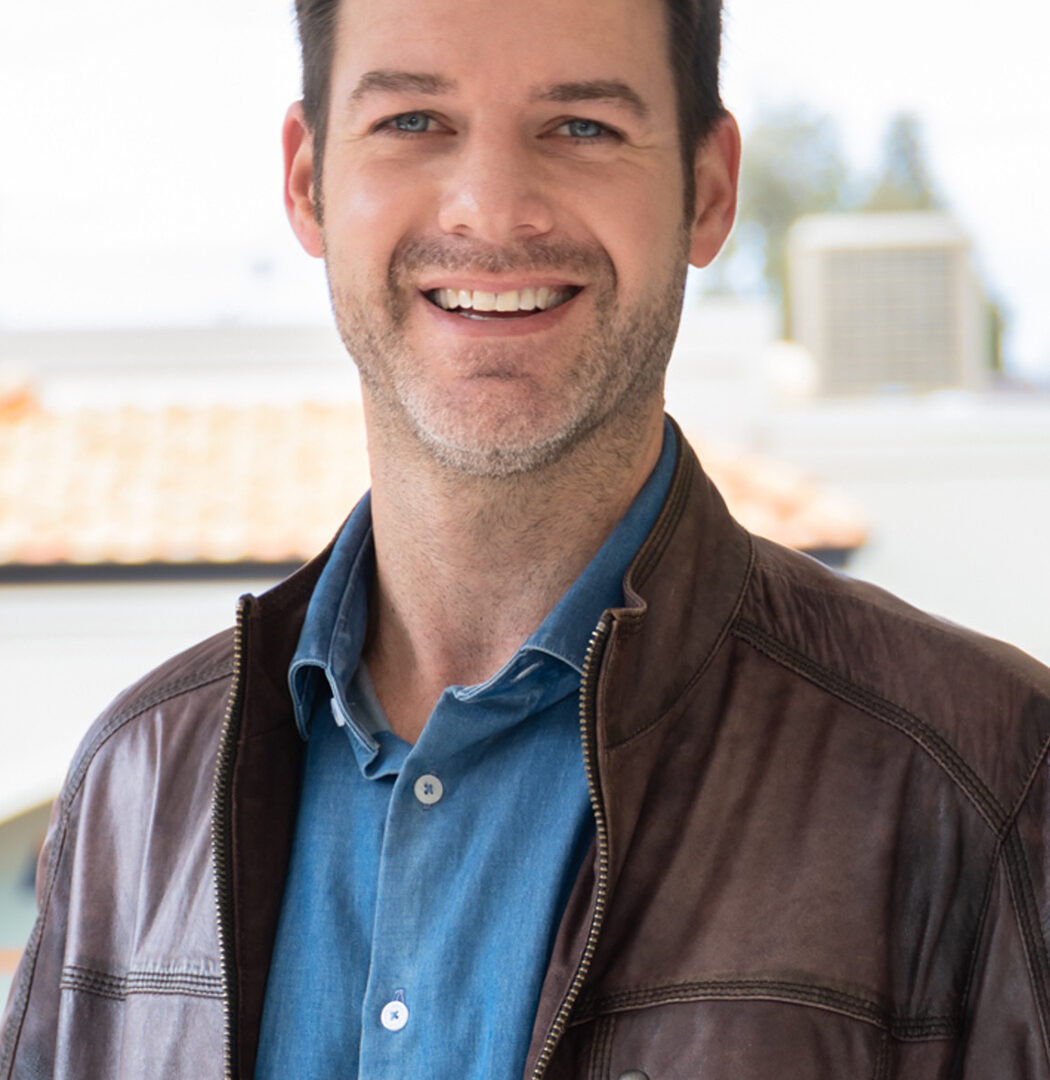From evolving audience expectations to emerging technologies, how are visual effects enhancing the future film industry and impacting the real world? We asked a VFX industry expert and a media researcher to find out more.
With the advent of film in the late nineteenth century came the first examples of visual effects, like substitution splices, dissolves and time lapse photography, which were greatly admired by the public. A century later, visual effects are almost indistinguishable from reality, yet film and TV audiences have become far more critical.
We asked Visual Effects Supervisor Brendan Seals and Curtin media researcher and Screen Arts Course Coordinator Dr Stuart Bender about the future of visual effects on The Future Of podcast.
1. Artists aren’t using visual effects to cut production corners

No decade saw more spectacular advancements in visual effects than the 1990s, which witnessed the emergence of modern motion capture technology during production on The Lord of the Rings: The Two Towers, innovative bullet time sequences in The Matrix and the first fully computer-animated feature film: Toy Story.
Positive reactions to such advancements caused many filmmakers in the 2000s – early 2010s to overuse visual effects and rely on VFX technology to quicken the production process. Seals, who has worked on 30 movies for VFX vendor Luma Pictures, says the impacts of these decisions continue today.
“The technology and resources weren’t quite up to the challenge at the time. Audiences began pushing back against using visual effects to solve problems,” the Curtin alumnus explains.
“Today, audiences want filmmakers making choices on set that engage with the art, design and language of the film.”
Seals believes that future VFX artists will continue to only create what can’t be filmed on camera.
“What’s a better product than getting it in the lens?” he quips.
2. There are exceptions for health and safety
While the visual effects industry will continue striving for realism, artists will likely continue using the technology to mitigate on-set safety concerns, particularly when recreating weaponry, explosions and large crowds.
However, there have been additional requirements with the outbreak of COVID-19. In Spider-Man: No Way Home, Luma Pictures was tasked with creating background environments for New York City since the cast and crew were unable to travel there during production.
“We didn’t just use visual effects to heighten the story, drama and action because of what Spider-Man can’t do in real life: we used it to create Times Square, Madison Square and everything in between,” explains Seals.
3. StageCraft LED technology is on the rise
A profound advancement is the emergence of a production technique called StageCraft, created in 2019 for Disney’s The Mandalorian. StageCraft involves positioning large 3D, LED walls behind actors containing computer-generated environments that respond to camera movements in real time.
Seals says the technology, which harkens back to the days of projected backgrounds, gives filmmakers greater control over on-set artistic direction.
“There’s real imagery for the cinematographer to react to. They no longer have to guess what’s happening on a blue screen,” he says.
“I think the results speak for themselves with The Mandalorian and such TV shows being the same standard as cinema right now.”
4. Deepfakes are becoming more convincing
Type “deepfake” – the process of using artificial intelligence to replace someone’s face with another person’s face for a photograph or video – into a search engine like YouTube and you’ll get several types of results.
Some results are more whimsical than others, depicting hypothetical scenarios of well-known on-screen characters played by other actors, such as if actor Tom Holland played Peter Parker in Spider-Man 2 instead of being played by Tobey Maguire, while others highlight potential dangers of the technology.
Dr Stuart Bender, who researches psychological responses to high-emotion media says that while visual effects technology has been used commendably in official and fan-made productions, there are real-world concerns.

“The first concern is that the average person might use VFX to make deepfakes as a form of bullying. Another concern is that State-sponsored PSYOP programs could make deepfakes of public influencers,” says Dr Bender.
“Then I have a third, far more legitimate concern, which is that the public might begin to distrust whether something is a real image, just like how we question whether the news is fake.”
5. The industry is becoming part of the entire production process
Perhaps the most intriguing trend is that visual effects teams are now becoming part of the entire film production process – rather than just the post-production stage.
More vendors are being tasked with updating the visuals and choreography of pre-visualisation sequences in the pre-production stage and then carrying this through to the production and post-production stages. The increased use of StageCraft has also ensured the incorporation of VFX into the entire process.
“Visual effects is becoming a living, breathing organism that stays with a production until the end,” says Seals.
To learn more about how VFX technologies are changing the film industry and the real word, tune in to our conversation with Brendan Seals and Dr Stuart Bender on The Future Of Podcast. You can also read other articles inspired by the podcast.



